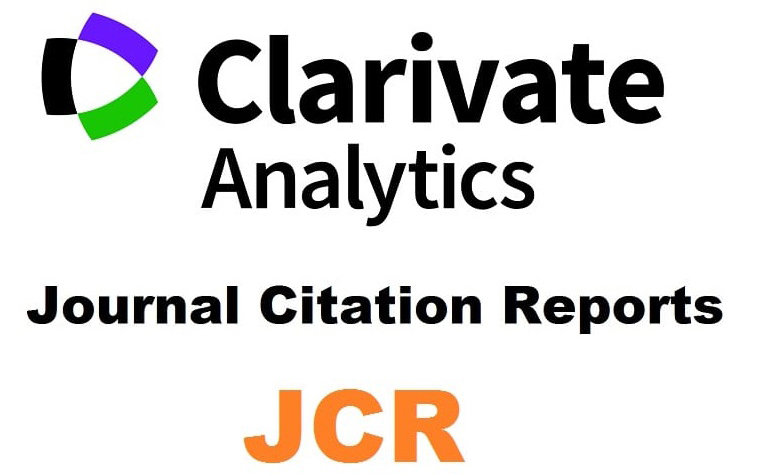Connected Vessels: West Asia and East Asia in China’s Geopolitics / Vasijas conectadas: Asia Occidental y Asia Oriental en la Geopolítica de China
Mots-clés :
West Asia, East Asia, Middle East, China, Geopolitics, Foreign policyRésumé
East Asia and West Asia (the Middle East)2 are usually treated in the academic literature as two distinct and separate issues in Chinese foreign policy. Studies of China’s policy in East Asia hardly mention the Middle East and studies of the Middle East hardly mention East Asia. In fact, these two regions are not simply interconnected in China’s geopolitical outlook but provide clues to understanding Beijing’s foreign policy toward each of them –they are interdependent. As such, they are connected vessels in the sense that the situation in one region affects, or even determines, China’s policy in the other. This is evident in a number of perspectives: strategy, economics, energy, military and Islam. Mutual dependence is one of the features of contemporary international relations, after the end of the Cold War. While usually it is limited to one aspect or two (primarily economic and military), in the case of China and the Middle East, mutual regional dependence involve a number of levels.Téléchargements
Les données relatives au téléchargement ne sont pas encore disponibles.
Téléchargements
Publié-e
2016-03-27
Comment citer
Shichor, Y. (2016). Connected Vessels: West Asia and East Asia in China’s Geopolitics / Vasijas conectadas: Asia Occidental y
Asia Oriental en la Geopolítica de China. Araucaria, 18(35). Consulté à l’adresse https://revistascientificas.us.es/index.php/araucaria/article/view/2678
Numéro
Rubrique
Monográfico I
Licence
Las ediciones impresa y electrónica de esta Revista son editadas por el Secretariado de Publicaciones de la Universidad de Sevilla, siendo necesario citar la procedencia en cualquier reproducción parcial o total.Salvo indicación contraria, todos los contenidos de la edición electrónica se distribuyen bajo una licencia de uso y distribución “Creative Commons Atribución-NoComercial-SinDerivar 4.0 Internacional”



